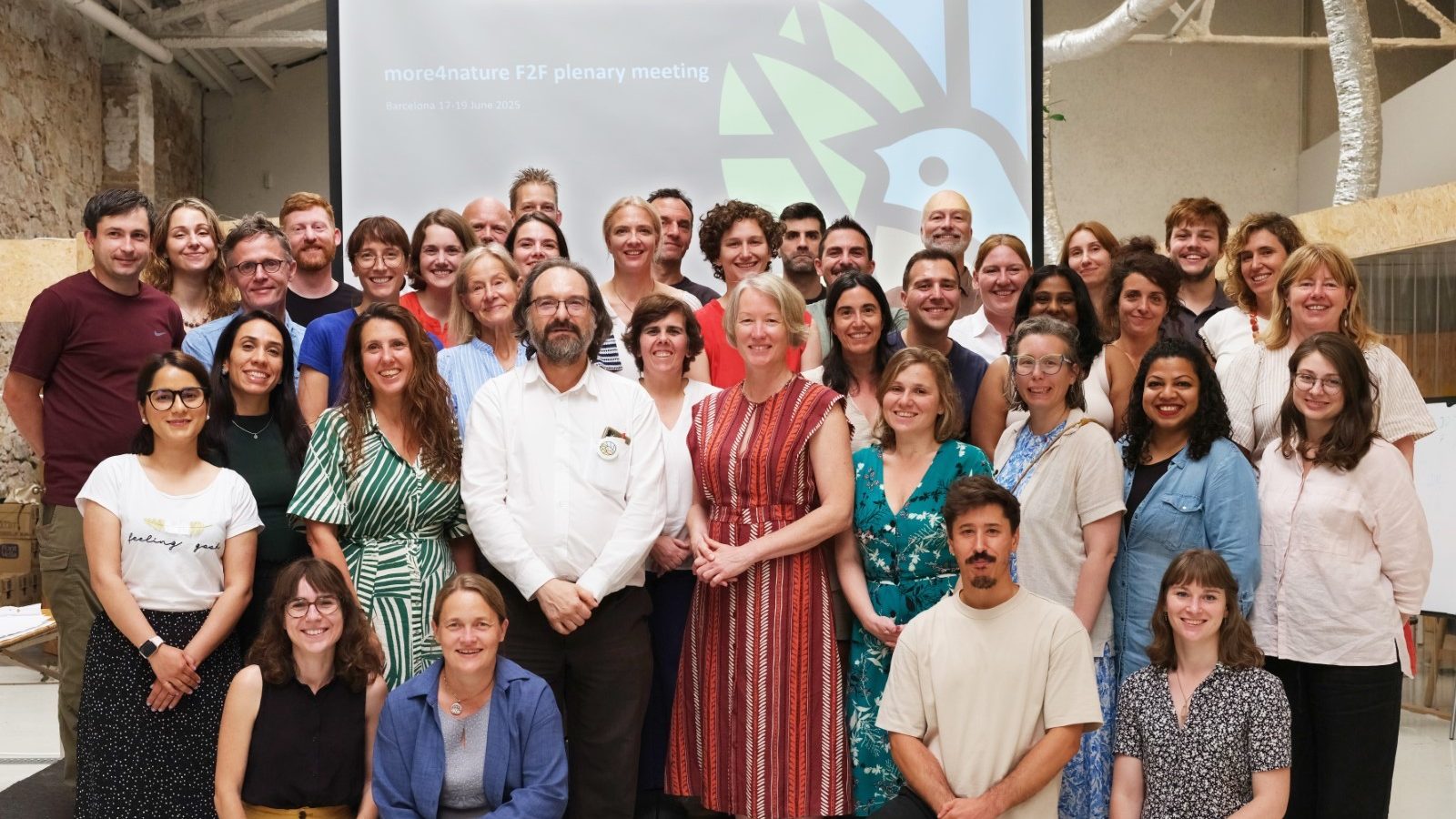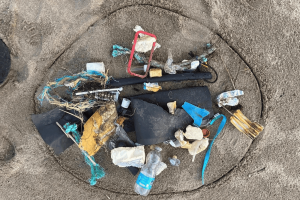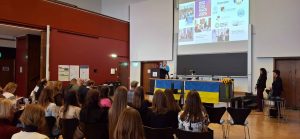Virtual work makes our day-to-day tasks easier and allows partners from around the globe to jointly run innovative projects such as more4nature. Even so, face-to-face meetings are still the real catalysts for collaborative teamwork.
The more4nature consortium met for the third time, this time in Barcelona from 17-19 June 2025. Hosted by our partners IAAC and CREAF, we engaged in 3 days of conversations, debates and reflections on the progress we are making with triggering transformative change towards collaborative environmental compliance assurance in zero pollution, biodiversity protection and deforestation prevention.
Curious to know what we’re up to? Read on!
The first 20 more4nature cases: taking stock and looking ahead
Currently, more4nature is guiding stakeholders in a total of 20 case studies through an insightful learning journey. The cases engage stakeholders ranging from authorities in charge of environmental compliance assurance as well as existing citizen science initiatives that present great potential for contributing to collaborative environmental compliance assurance. These citizen science initiatives tackle a range of urgent environmental challenges across Europe and beyond: from monitoring the alarming decline of pollinators in Portugal, to eliminating banned Single Use Plastics in Ireland, or combating deforestation alongside local communities in Cambodia.
Over the course of nearly a year of carefully guided progress, each case study has begun to uncover who is inflicting environmental harm in their area and how widespread these issues are. They have also been assessing which laws or regulations are meant to sanction these behaviours and why their implementation is not fully effective.
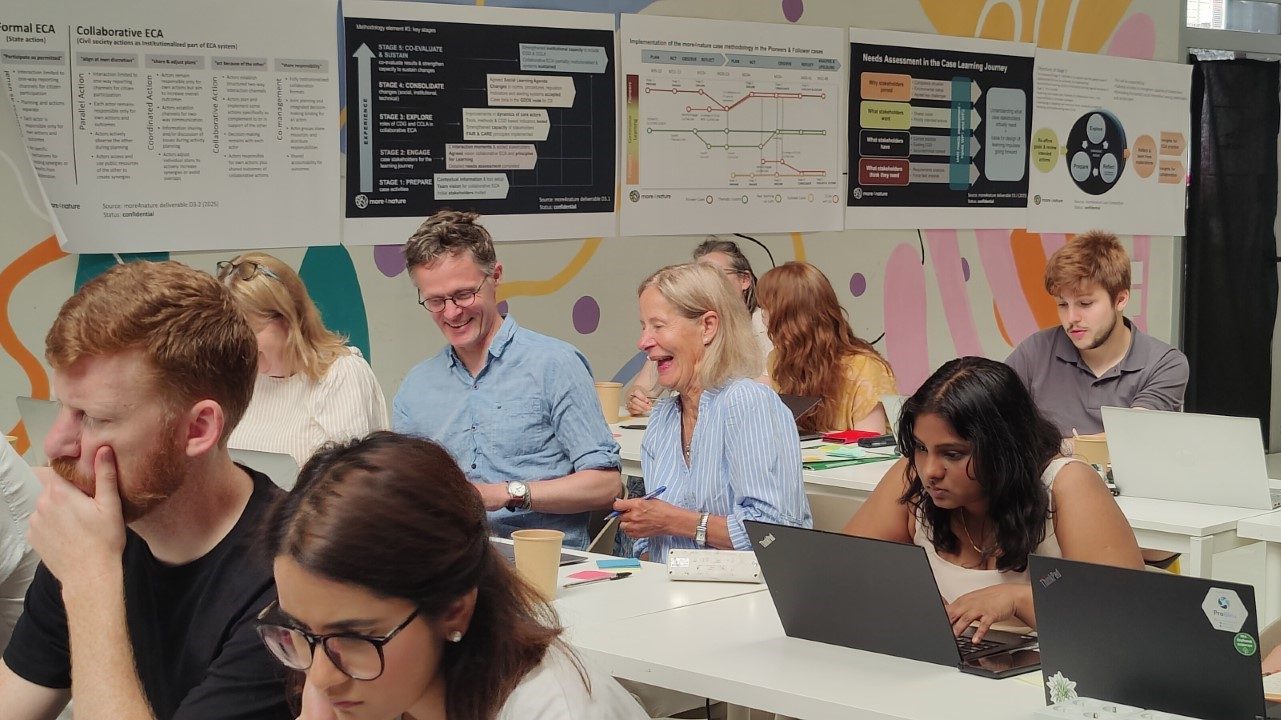
Some early findings from the cases suggest that compliance issues may exist in unforeseen areas and that not all challenges simply require more data. For some of them, it was also surprising to discover that authorities might be more eager than expected to receive help from citizen science initiatives, as they are in the need of support for their compliance efforts. But it is not always that simple either. Contextual realities shape real progress, meaning that success may have different faces.
Co-designing actions and actionable data in Valldaura
Butterflies in the road guided us to the Valldaura laboratories, nestled in the wooded hills above Barcelona, an ideal setting for the second day of our plenary meeting. With over 850 years of history, Valldaura has housed a Cistercian monastery, a royal palace, and a bourgeois summer residence. Today, it is home to one of IAAC’s innovation laboratory, and, for a moment, to our gathering of minds and ideas. Our focus: how to turn data, knowledge and case activities into tools and actions ready to contribute to collaborative environmental compliance assurance.
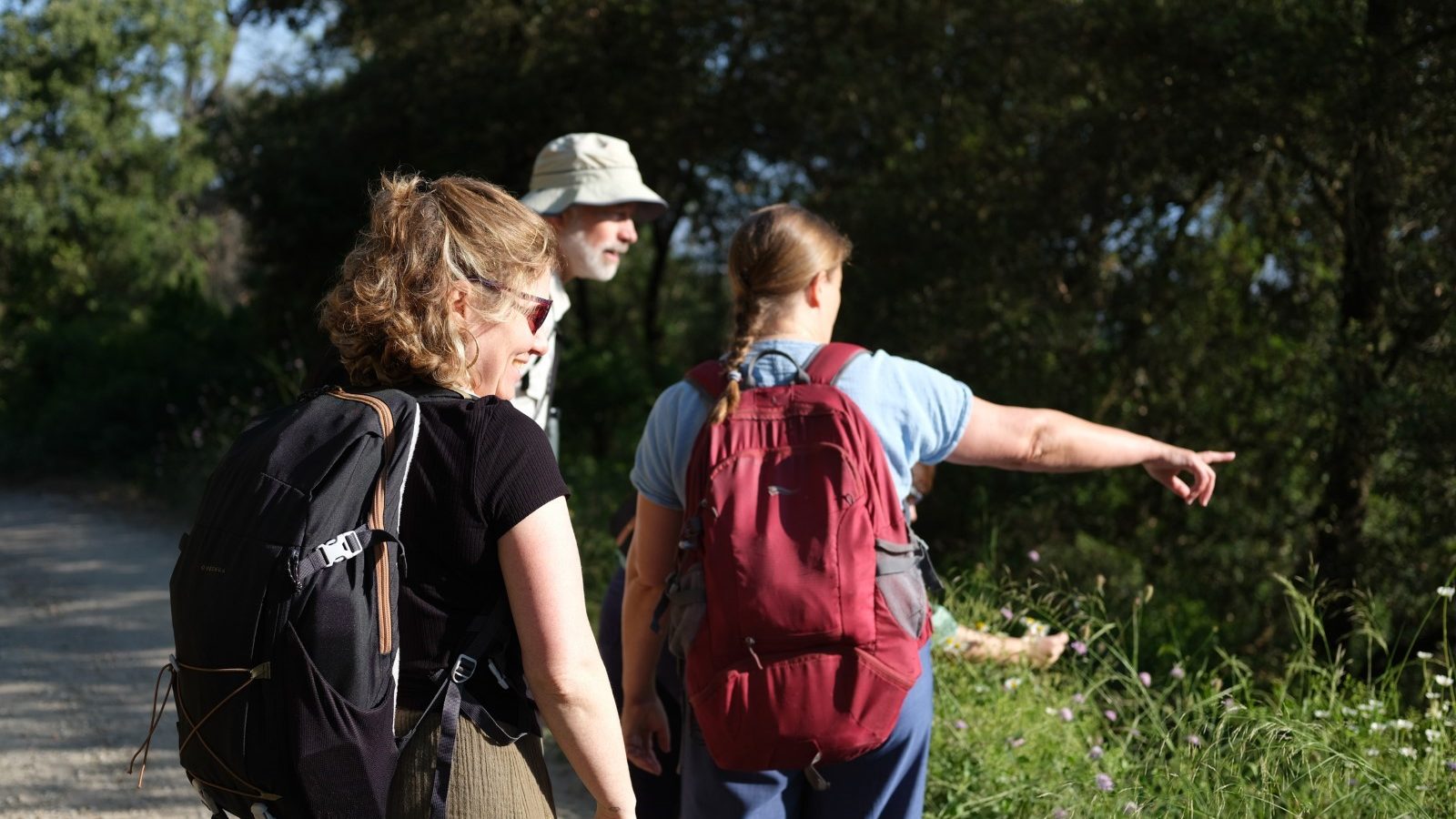
Although several cases have a cross-cutting nature, we gathered in thematic groups around zero pollution, biodiversity protection, and deforestation to unpack specific challenges. The biodiversity group made the most out of the Valldaura setting, taking a peripatetic stroll while birdwatching, butterfly-chasing, and testing AI tools for real-time biodiversity monitoring.
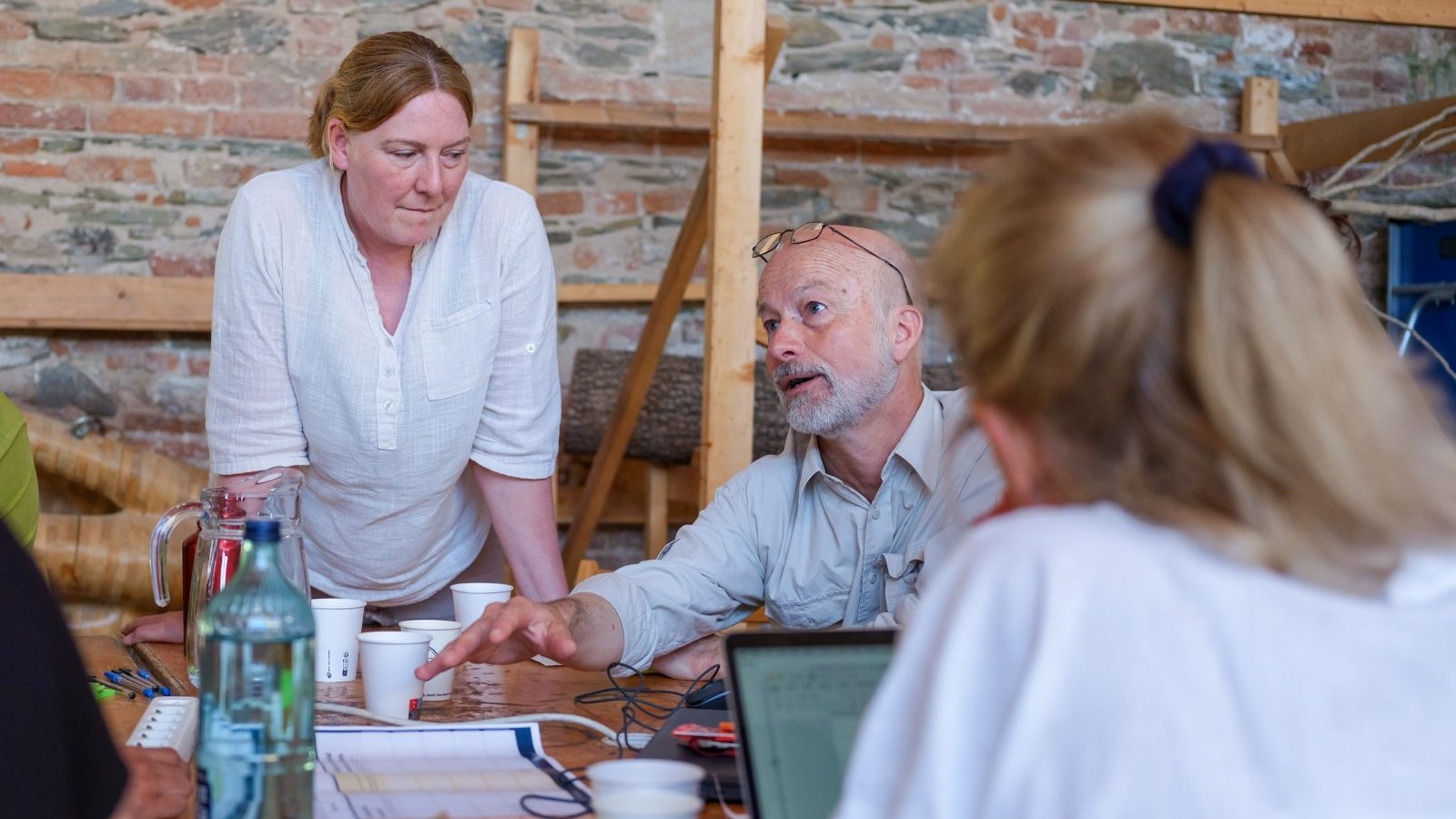
Citizens and communities can play a pivotal role in addressing challenges related to compliance with environmental rules following two main paths: providing data or carrying out actions. That’s why we explore both how citizen generated data and citizen and community-led actions can protect the environment.
more4nature has developed a co-design methodology that guides individual citizens and organised communities to choose the most appropriate and feasible actions, step by step. The process begins with first, framing the compliance challenge, followed by mapping key actors, assessing the available resources, and finally designing grounded interventions. These actions can take many forms: from increasing public pressure, to organizing citizen patrols, or taking legal actions.
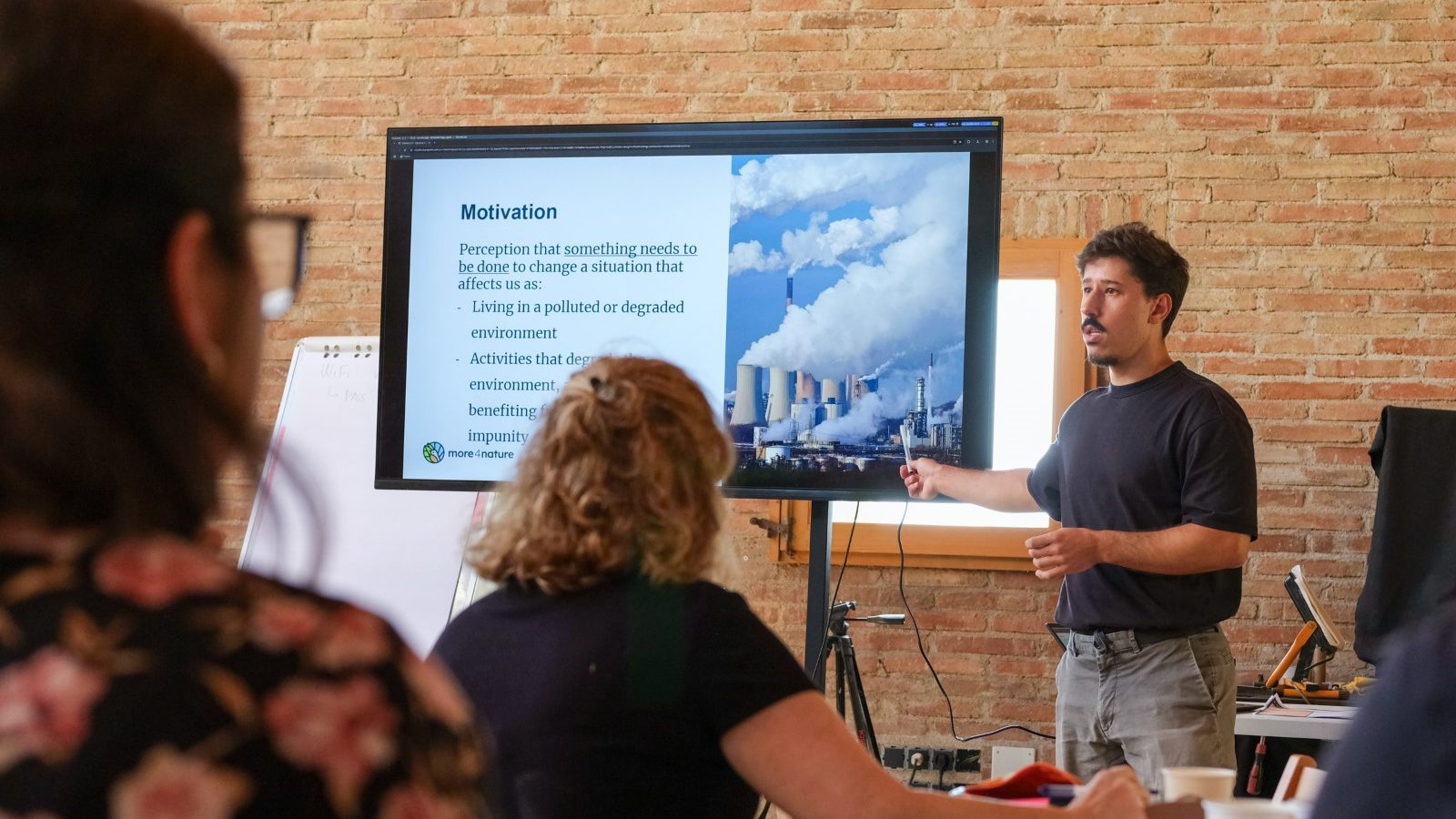
Another powerful approach is transforming data into actionable knowledge. This can be done, for instance, by creating policy-tailored indicators. Environmental regulations such as the Nature Restoration Law or and the Water Framework Directive define some threshold values for pollutants concentrations, biodiversity levels, or deforestation rates that must be respected by governments, municipalities, and companies. While a single air quality reading from one sensor might not reveal much, with enough observations over time—and the right processing—we can generate recurring indicators, that are meaningful for both communities and regulators.
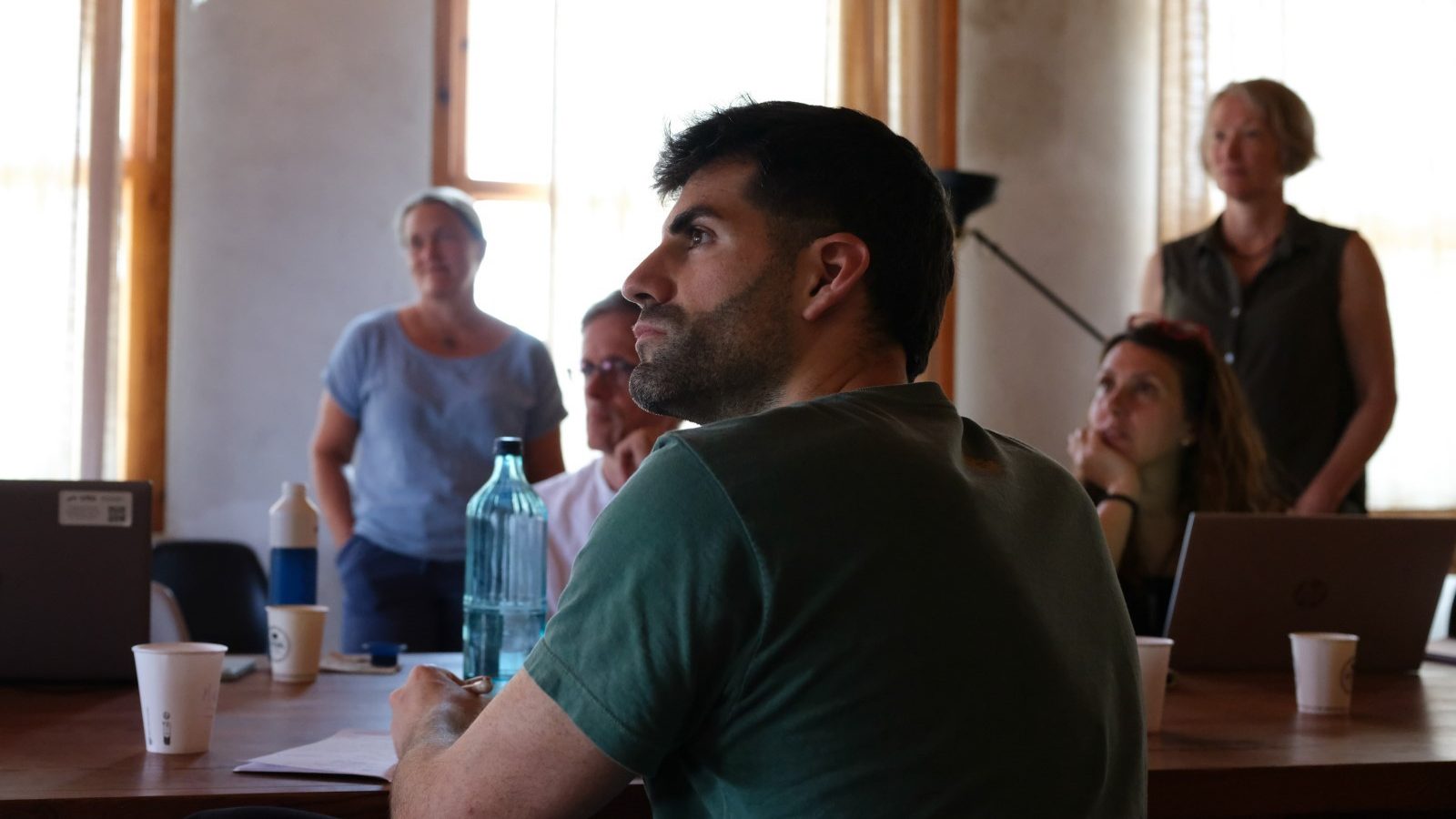
Data can also trigger real-time alerts. This means enabling citizens to notify authorities before, during, or after an environmental violation occurs — whether it’s a one-off incident or a recurring issue. To support this, an infringement alert system is currently being prototyped by more4nature, combining citizen-generated data with remote sensing to detect and flag potential non-compliance in near real time.
Hands-on: the more4nature logo comes to life
Valldaura is, without a doubt, a vibrant laboratory for innovation. In the breaks, we could not help but taking a look at the diverse activities, projects and works being carried out by IAAC students and researchers. What an inspiration: sustainable construction, biodiversity-friendly observation shelters, self-managed water processing solutions, and much more.
We were so amazed that the IAAC partners got us down to work. Using their wood printing machines they recreated the more4nature logo, which we then had to carefully sand, colour and frame. An unforgettable self-crafted souvenir. Here are some photos of the process.
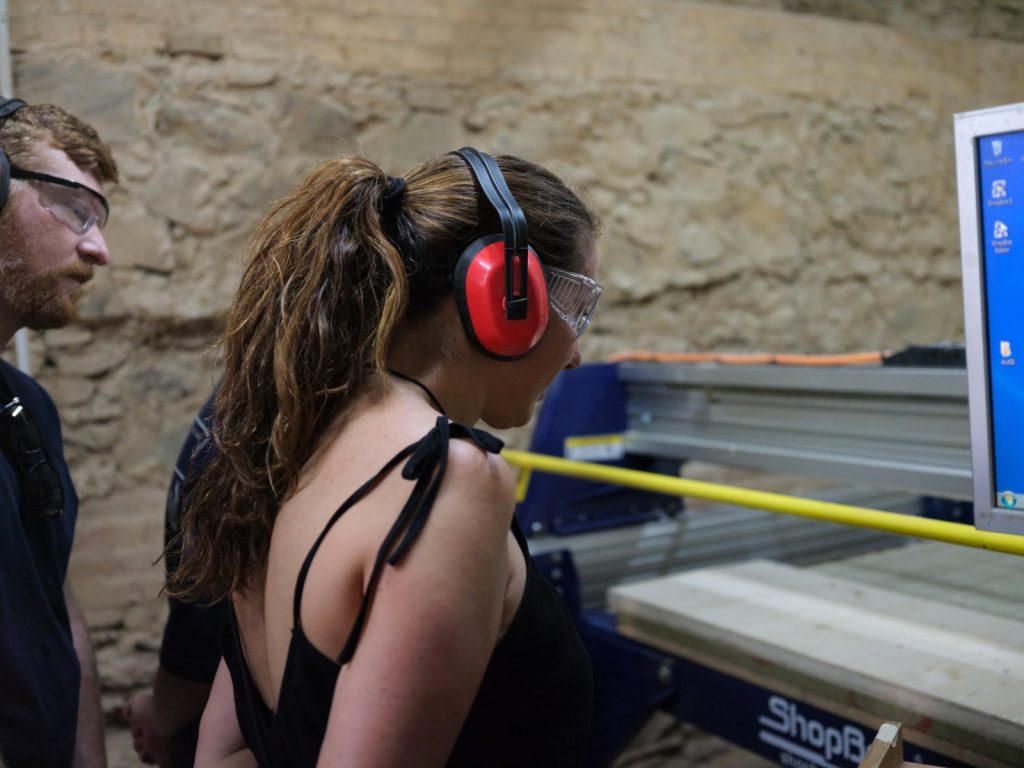
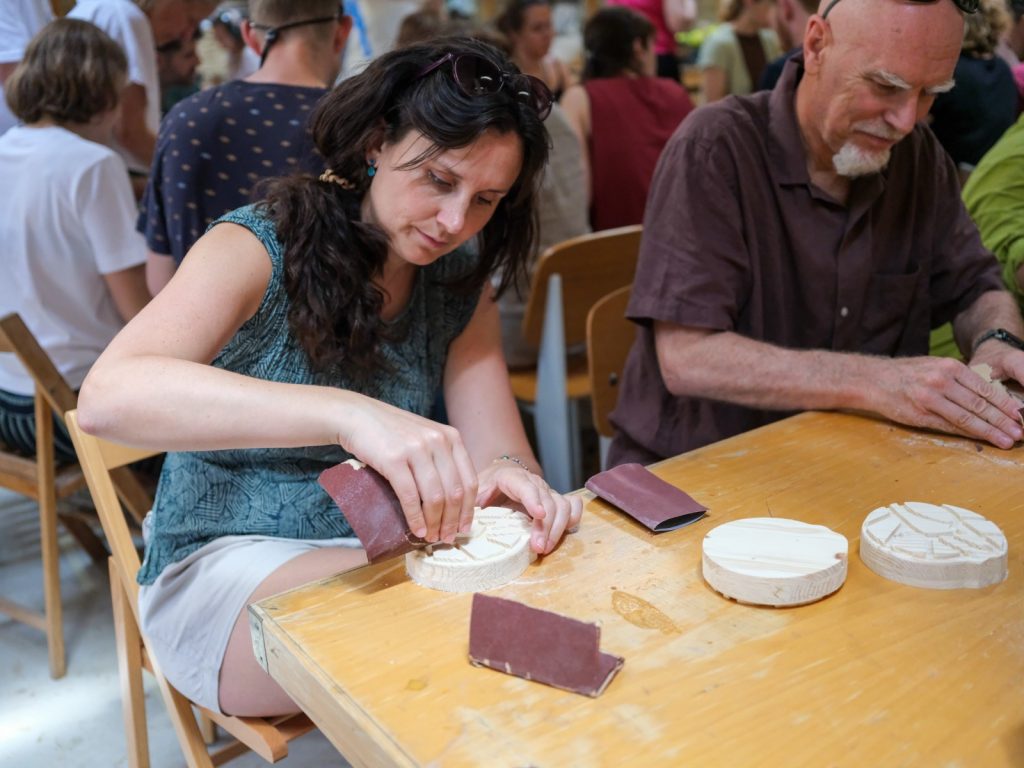
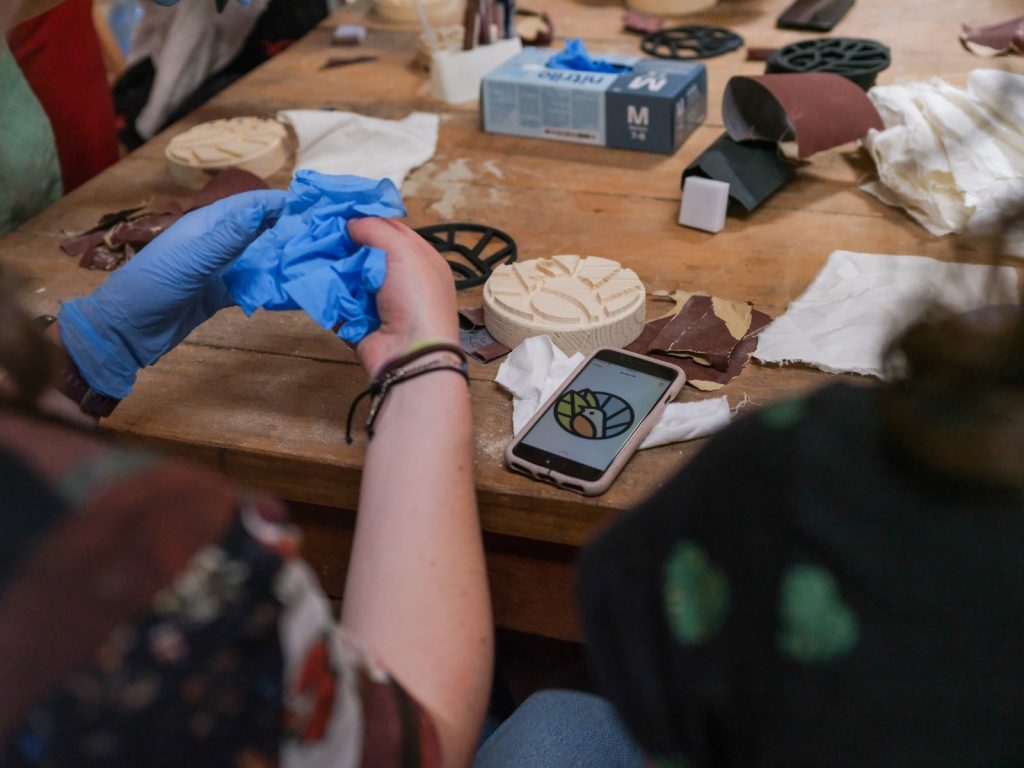



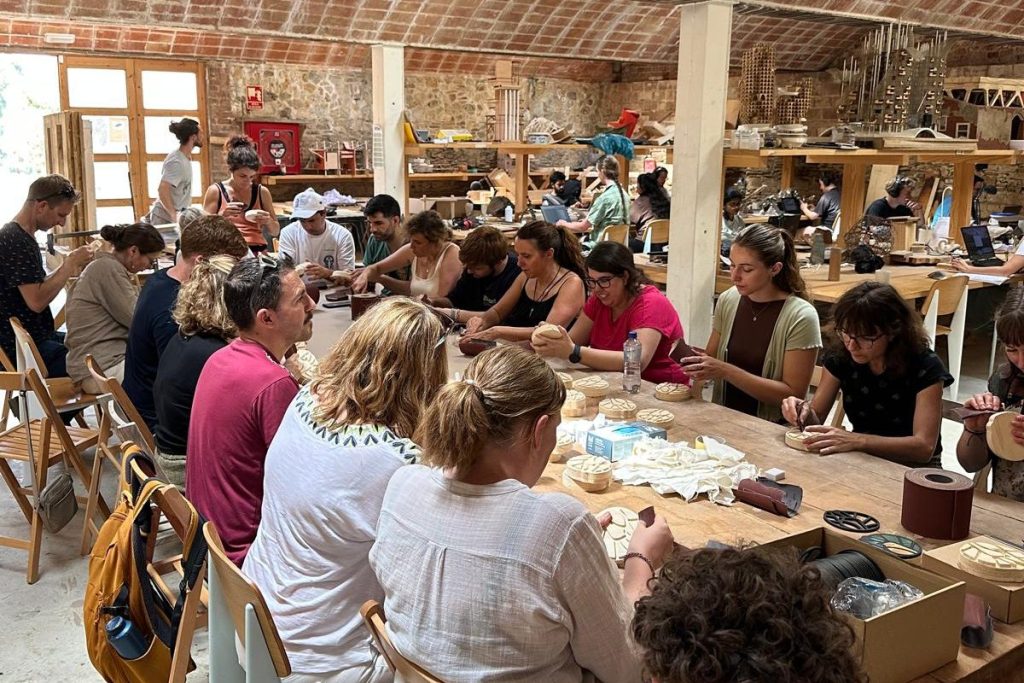
A moment for self-reflection
The final day of the more4nature plenary in Barcelona turned our focus inward, onto the team, the tools, and the journey ahead. After a year and a half of working across continents and contexts, we paused to ask: How can we collaborate even more smoothly and more cohesively?
Through team-building and hands-on exercises, we explored what it really takes to strengthen our collaboration, not just in theory, but in day-to-day practice. We learned our bettering steps on communication and collaboration, grounding them in shared reflection and practical exercises.
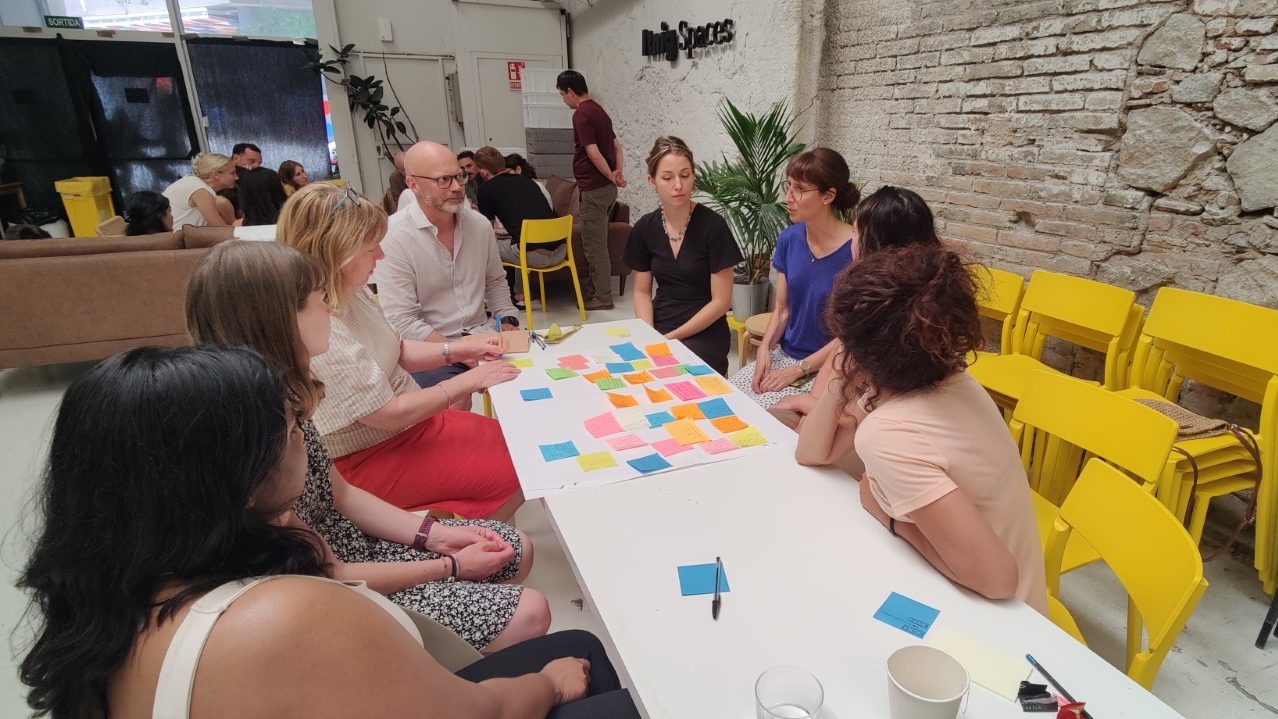
We also prepared the ground for our upcoming new 20 cases, that will soon begin their learning journey with more4nature. As part of this, we shared and discussed the selected cases, explored how ongoing efforts of stakeholders in these cases could benefit from the more4nature approach to triggering collaborative environmental compliance assurance and contribute to mutual learning going forward.

